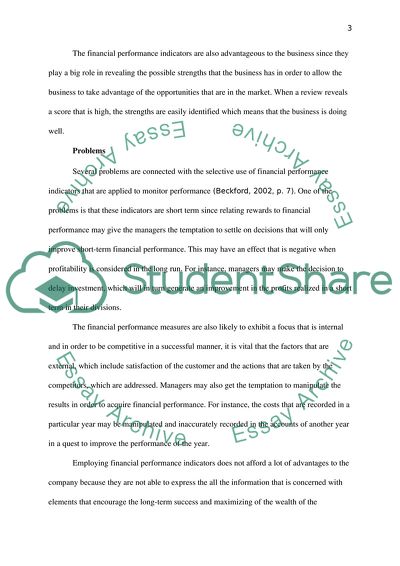Cite this document
(Management accounting Essay Example | Topics and Well Written Essays - 3500 words, n.d.)
Management accounting Essay Example | Topics and Well Written Essays - 3500 words. https://studentshare.org/finance-accounting/1822897-management-accounting
Management accounting Essay Example | Topics and Well Written Essays - 3500 words. https://studentshare.org/finance-accounting/1822897-management-accounting
(Management Accounting Essay Example | Topics and Well Written Essays - 3500 Words)
Management Accounting Essay Example | Topics and Well Written Essays - 3500 Words. https://studentshare.org/finance-accounting/1822897-management-accounting.
Management Accounting Essay Example | Topics and Well Written Essays - 3500 Words. https://studentshare.org/finance-accounting/1822897-management-accounting.
“Management Accounting Essay Example | Topics and Well Written Essays - 3500 Words”. https://studentshare.org/finance-accounting/1822897-management-accounting.


